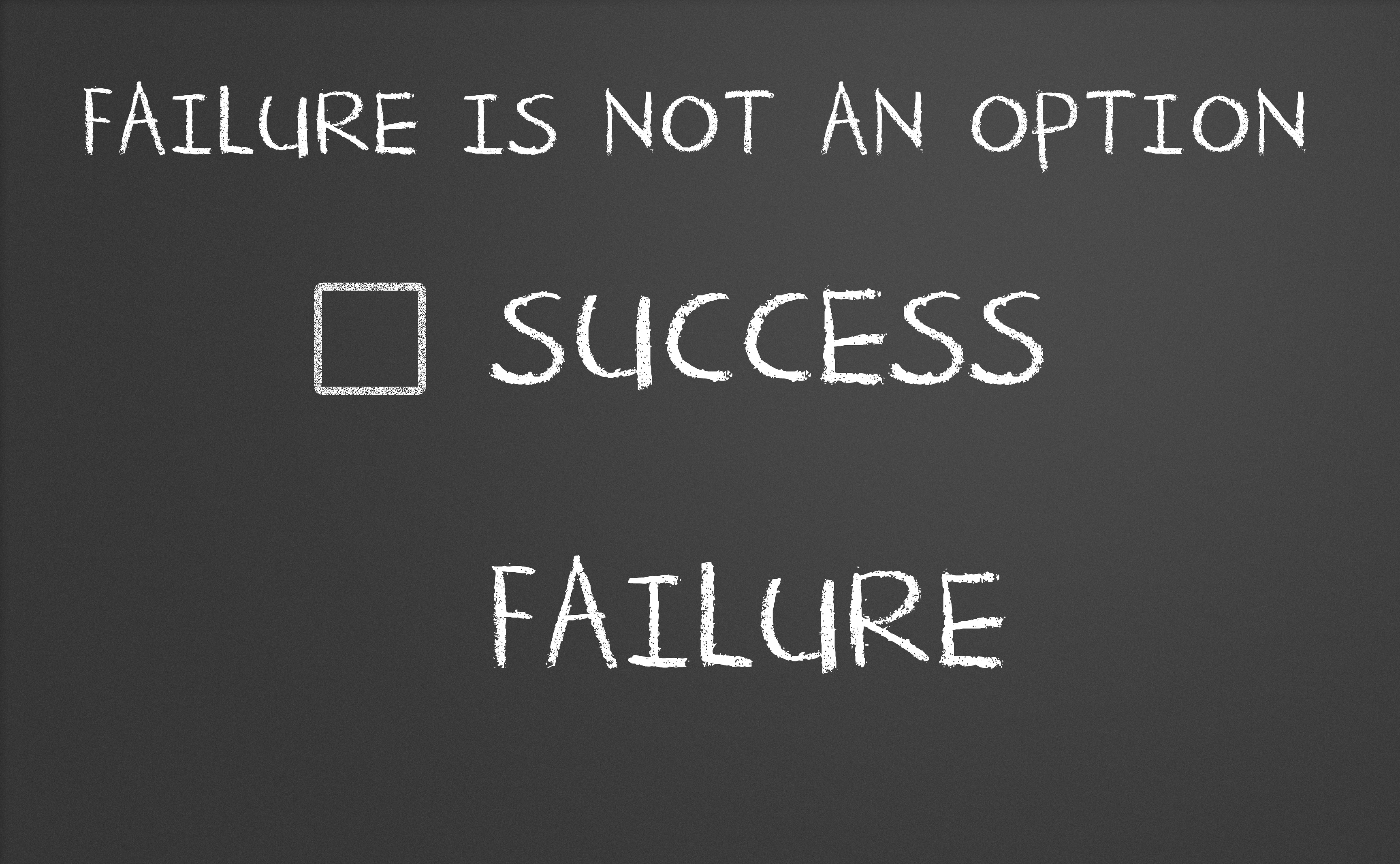How many of us are so busy doing a fantastic job for our current clients, that we find we don’t have good systems for getting new clients?
Here you will learn how to: Find and Attract New Clients in 5 Quick Steps
The key to a sustainable and scalable business is the implementation of systems to grow our business. Good systems allow us to spend more time delivering to our clients and less time chasing new business.
New business is the lifeline to building a business. Below are five quick steps you can implement in your business straight away to grow your business by finding and attracting new customers.
1. Remember the saying, if you fail to plan, you plan to fail? Yes, I know it’s cliché, but many of us have very limited time, so we often are light on in the planning stages of marketing. I have found that even a rough plan of the next 3-6 months of strategies can give you a timeline of success and actually take a bit of pressure off. If you don’t have any marketing in place, just get 3-5 things that you can do over the next 3-6 months. Then, commit to getting two of them off the ground in the next 30 days.
2. Social Media and Online Marketing – if this is alien to you and freaks you out a bit…don’t worry, most people are in this boat. The rise of the internet and social media over the past decade is phenomenal and to most is now the norm. However, start talking social media marketing, and the majority are still fairly vague on this.
Where to start? That’s the question to ask yourself. Firstly, there are plenty of companies that can help you on this, and if you think you may need some help…get help. They are usually very cost effective.
There are three main (and easy) way to advertise online:

- Google Adwords
- Facebook advertising
- LinkedIn Advertising
If you haven’t done either, start with Facebook advertising, as these are easy to setup and are relatively low cost. Google Adwords and LinkedIn Advertising are also great options. Start with Facebook and once you’ve mastered that progress to the others, or hire in help to get you started.
Follow these three key rules of thumb:
- Start with a low budget and do cost per click (CPC)
- Always use a leads page (like Lead Pages.net), don’t direct the straight to your website
- Build your client list/ database, don’t build your likes.
3. Get to where they are! There are hundreds of ways to get face to face with your potential customers – whether you’re in retail, service based or otherwise. Here are my quick tips:
- Cafes/ fast food – do your customers catch the bus or train? Often potential customers are racing past your shop and boarding buses and trains. Stand up at the station or bus stop and hand out some compelling offers to entice them in
- Trade Shows – there are tradeshows for everything these days, go online and find out where you customers are looking for the next big ticket to help them…and make your business that big ticket!
- Sporting events – when the sporting event ends…thousands file out of the event. Make them head to your business with a limited time only compelling offer.
- Set up a temporary stall/ information booth in a shopping centre – let’s face it, most people shop. So, make yourself visible and available to you potential customers by either selling your products, giving away samples, or providing information on your business/ services to those that show an interest.
- Strategic partnerships….read on to point #4!
4. Strategic Partnerships – these are a great way to align yourself with the right similar but not competing organisations. Here are the quick action steps for creating a strategic partnership:
- WIIFM (What’s In It For Me) – do a quick list of what YOU could offer THEM. Strategic partnerships only work when both parties feel like they are getting value out of the partnership.
- Identify your potential strategic partnerships – create a profile of who your perfect strategic partner may look like. Now list 20 potentials that match this
- Contact your top 20 – book a meeting with each and discuss your strategic partnership. Make sure you have a list of the top benefits for THEM. The more you focus on THEM, the stronger the partnership. Remember you listed them as your top 20, so they will be able to deliver to you, make sure you can deliver to them.
- The next steps are all about implementation and follow-up:
- Lock in 2-3 opportunities with you SP
- Communicate to your team and the SP’s team – excite and entice both sides to the opportunities.
- Develop systems to help you manage and review the partnership
- Have a tool to measure the results. Systemise this.
- Review the partnership and the results and iterate as required
5. Direct Marketing – okay, I know this is old school, but sometimes old school works. I will give you an example. One of my business is an IT/web-based business. We have an awesome app for hospitality businesses that allows them to place their supplier orders for all their suppliers. It has been hugely popular. We had inside information that a huge multi-national chain was changing one of their suppliers and we wanted to provide our app to this chain. We didn’t have email addresses for these businesses, phone calls would have been time consuming, and we couldn’t drive around the country doing face to face meetings. The best option was a direct mailout through the post. With postal addresses widely available, it was easy to create the mailmerge and pump out the advertising, directly mailed to each business.
Rule of thumb – find out who your target market is, and if you can’t get in front of them, snail mail, ain’t a bad option!
Do you have a story to share about how you have found new clients? Or are you struggling to build your business? We’d love to speak about how we could help your business to move beyond this blip into success. Call Bx on 1300 068 229 or email us info@b-x.com.au
















